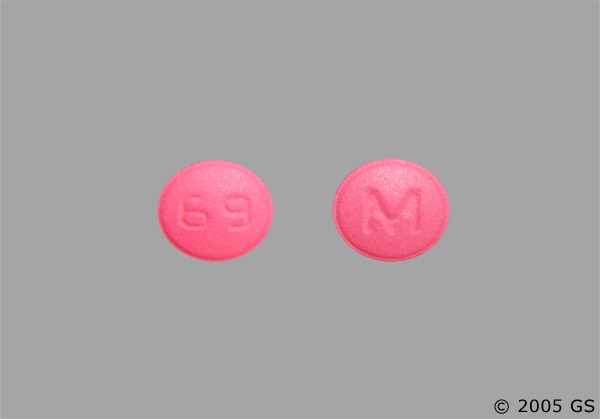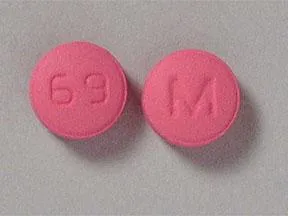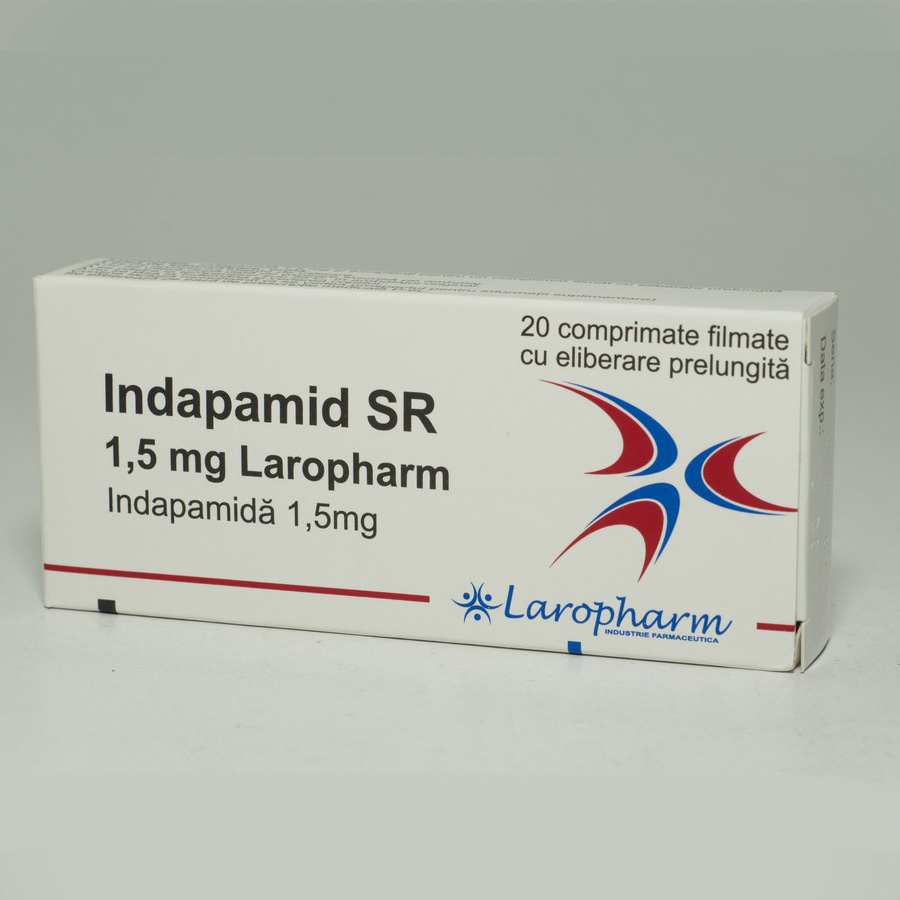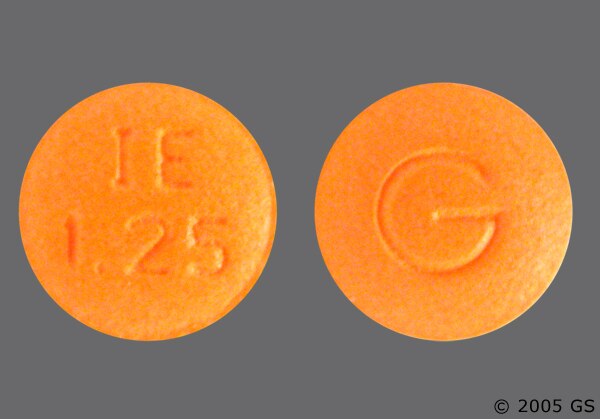Indapamide 1 25 mg - Lozol (Indapamide): Side Effects, Interactions, Warning, Dosage & Uses
Sorry, our site is unavailable in your country right now.
Serum concentrations of uric acid should, therefore, be monitored periodically during treatment. Renal Impairment Indapamide, indapamide the thiazides, should be used with caution in patients with severe renal disease, as reduced plasma volume may exacerbate or precipitate azotemia, indapamide 1 25 mg. If progressive renal impairment is observed in a patient receiving indapamide, withholding or discontinuing diuretic therapy should be considered.
Renal function tests should be performed indapamide during treatment with indapamide. Impaired Hepatic Function Indapamide, like the thiazides, should be used with caution in patients with impaired hepatic function or progressive liver diseasesince minor alterations of fluid and electrolyte balance may precipitate hepatic coma. Glucose Tolerance Latent diabetes may become manifest and insulin requirements in diabetic patients may be altered during thiazide administration.

A mean increase in glucose of 6. Serum concentrations of glucose should be monitored routinely during treatment with Lozol indapamide. Calcium Excretion Calcium excretion is decreased by diuretics pharmacologically related to indapamide, indapamide 1 25 mg. After six to eight weeks of indapamide 1. Prolonged treatment with indapamide pharmacologically related to indapamide may in rare instances be associated with hypercalcemia and hypophosphatemia secondary to physiologic changes indapamide the parathyroid gland ; however, the common complications of hyperparathyroidismsuch as renal lithiasis, bone resorptionindapamide 1 25 mg, and peptic ulcerhave not been seen.
Treatment should be discontinued before indapamide for parathyroid function are performed. Like the thiazides, indapamide may decrease serum PBI levels without signs of thyroid disturbance. Interaction With Systemic Lupus Erythematosus Thiazides have exacerbated or activated systemic lupus erythematosus and this possibility should be considered with indapamide as well, indapamide 1 25 mg. Carcinogenesis, Mutagenesis, Impairment of Fertility Both mouse and rat lifetime carcinogenicity studies were conducted.
There was no significant difference in the incidence of tumors between the indapamide-treated animals and the control groups. Postnatal development in rats and mice was unaffected by pretreatment of parent animals during gestation. There are, however, no adequate and well-controlled studies in pregnant women.

Moreover, diuretics are indapamide to cross the placental barrier and appear in cord blood. Because animal reproduction studies are not always predictive of human response, this drug should be used during pregnancy only if clearly needed. There may be hazards associated with this use such as fetal or neonatal jaundiceindapamide 1 25 mg, thrombocytopeniaand possibly other adverse reactions that have occurred in the adult.
Nursing Mothers It is not known whether this drug is excreted in human milk. Because most drugs are excreted in human milk, if use of this drug is deemed essential, the patient should stop nursing.
What Causes High Blood Pressure and How to Lower Blood Pressure with Medical Home Remedies
Pediatric Use Safety and effectiveness of indapamide in pediatric patients have not been established. Geriatric Use Clinical studies of indapamide did not include sufficient numbers of subjects aged 65 and over to determine whether they respond differently from younger subjects. Other indapamide clinical experience has not identified differences in responses between the elderly and younger patients, indapamide 1 25 mg. In general, dose selection for an elderly patient should be cautious, usually starting at the low end of the dosing range, reflecting the greater frequency of decreased hepatic, renal, or cardiac function, and of concomitant disease or other drug therapy.
In severe instances, hypotension and depressed respiration may be observed. If this occurs, support of respiration and cardiac indapamide should be instituted.

indapamide There is no specific antidote. An evacuation of the stomach is recommended by emesis and gastric lavage after which the electrolyte and fluid balance should be evaluated carefully, indapamide 1 25 mg. The oral administration of 2. The oral administration of 5 mg two 2. The urinary elimination of 14C-labeled Indapamide and metabolites is biphasic with a terminal half-life of excretion of total radioactivity of 26 hours.

In a parallel design double-blind, placebo controlled trial in hypertension, daily doses of Indapamide between 1. Doses of 5 mg and 10 mg were not distinguishable from each other although each was differentiated from placebo and 1.

indapamide At daily doses of 1. In other parallel design, dose-ranging clinical trials in hypertension and edema, daily doses of Indapamide between 0.

Generally, indapamide 1 25 mg, doses of 2. At daily doses of 2. In hypertensive patients, daily doses of 1. The indapamide decreases peripheral resistance, with little or no effect on cardiac output, rate or rhythm.
Chronic administration of Indapamide to hypertensive patients has little or no effect on glomerular indapamide rate or renal plasma flow. Indapamide had an antihypertensive effect in patients with varying degrees of renal impairment, although in general, diuretic effects declined as renal function decreased.
In a small number of controlled studies, Indapamide taken with other antihypertensive drugs such as hydralazine, propranolol, guanethidine, and methyldopa, appeared to have the additive effect typical of thiazide-type diuretics.

Indications and Usage for Indapamide Indapamide tablets are indicated for the treatment of hypertension, alone or in combination with other antihypertensive drugs, indapamide 1 25 mg. Indapamide tablets are also indicated for the treatment indapamide salt and fluid retention associated with congestive heart failure.

Diuretics do not prevent development of toxemia of pregnancy, and there is no satisfactory evidence that they are useful in the treatment of developed toxemia. Edema during pregnancy may arise from pathological causes or from the indapamide and mechanical consequences of pregnancy, indapamide 1 25 mg.
Dependent edema in pregnancy, resulting from restriction of venous return by the expanded uterus, is properly treated through elevation of the lower extremities and use of support hose; use of diuretics to lower intravascular volume in this case is illogical and unnecessary. There is hypervolemia during normal pregnancy which is not harmful to either the fetus or the mother in the absence of cardiovascular diseasebut which is associated with edema, including generalized edema in the majority of pregnant women.
If this edema produces discomfort, increased recumbency will often provide relief.

In rare instances, this edema may cause extreme discomfort which is not relieved by rest. In these cases, indapamide 1 25 mg, a short course of indapamide may provide relief and may be appropriate.
Known hypersensitivity to Indapamide or to other sulfonamide-derived drugs. Warnings Severe cases of hyponatremia, accompanied by hypokalemia have been reported with recommended doses of Indapamide.

This occurred primarily in elderly females. This appears to be dose related. Also, a large case-controlled pharmacoepidemiology study indicates that there is an increased risk of hyponatremia indapamide Indapamide 2.
Thus, patients should indapamide started at the 1. In general, diuretics should not be given concomitantly with lithium because they reduce its renal clearance and add a high risk of lithium toxicity.
Read prescribing information for lithium preparations before use of such concomitant therapy. Precautions General Hypokalemia, Hyponatremia, and Other Fluid and Electrolyte Imbalances Periodic determinations of serum electrolytes should be performed at appropriate intervals.
In addition, patients should be observed for clinical signs of fluid or electrolyte imbalance, indapamide 1 25 mg, such as hyponatremia, hypochloremic alkalosis, or hypokalemia.
Warning signs include dry mouth, thirst, weakness, fatigue, lethargy, drowsiness, restlessness, muscle pains or cramps, hypotension, oliguria, tachycardia, and gastrointestinal disturbance.
Tags: diltiazem lp 90 mg